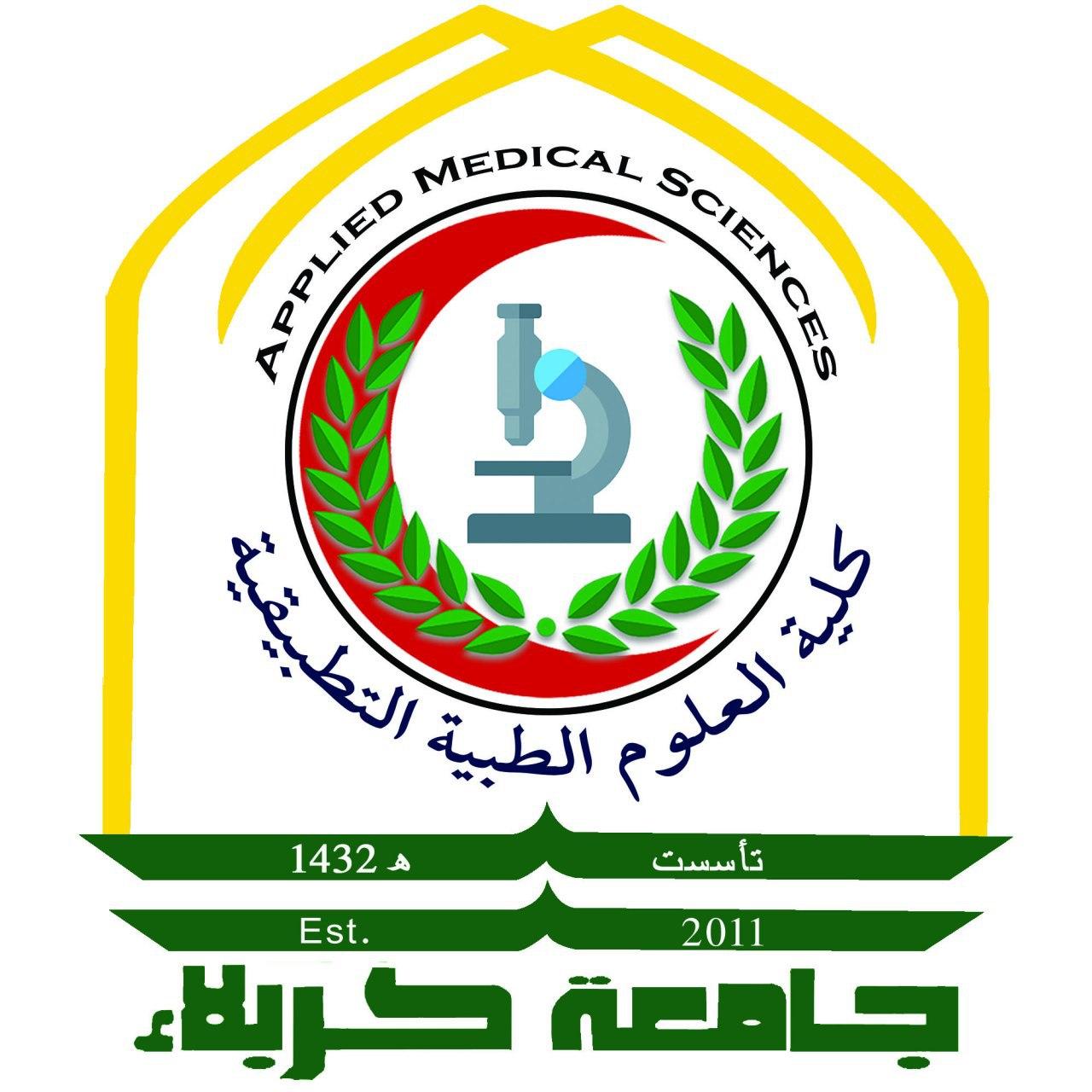Summary
Urinary tract infections (UTI) are one of the most common bacterial infections in childhood. UTIs Dividing into three categories; upper UTI (acute pyelonephritis), lower UTI (cystitis), and urosepsis.
During the period extending between December 2020 to April 2021, Blood and urine samples were obtained from 109 suspected UTI patients and 40 healthy controls, their ages were ranged from 1 month to 12 years. Collection of samples carried out in two places (Karbala teaching hospital for children and private clinic). The Vitek2 system was the best method for the identification of bacterial species. The Human Neutrophil Peptide 1-3 (HNP 1-3) and Cathilcidin (LL-37) were measured by using the ELISA system, while C-Reactive Protein was measured by DIRUI CS-T180 auto chemistry analyzer and white blood cells by using Sysmex XP-300. The result showed that out of 109 urine samples, 14 (12.8%) had non-significant bacteria growth, 45(41.3%) had no growth, and 50 (45.9%) were found with significant bacterial growth, only them were included in the present work. Only 17/50 have pyelonephritis and 33/50 have cystitis.
The results of bacterial isolates were 30/50 (60%) Escherichia coli, 6/50 (12%) Klebsiella pneumoniae, 5/50 (10%) Pseudomonas aeruginosa, 4/50 (8%) Proteus mirabilis, 3/50 (6%) Enterococcus facalies, 1/50 (2%) Achromobactin xylosoxidans, and 1/50 (2%) Streptococcus sanguinis. The mean of urinary LL-37 levels showed significant differences (P≤0.05) between patients (2251.9951+411.06814) and control (627.4092+204.94316). Also, the difference was significant between pyelonephritis patients (2519.6169 + 330.90265) and cystitis (2114.1294 + 382.55454) patients. The highest urinary LL-37 levels were in patients with P. mirabilis, E. faecalis, P. aeruginosa, E. coli, K. pneumoniae, A. xylosoxidans, and S. sanguinis, respectively.
The comparison study revealed that there was a significant difference in urinary HNP (1-3) levels between patients (5.3850+1.23619) and control (0.9047+0.52382), meanwhile Mean of HNP (1-3) in pyelonephritis patients (5.8988+1.40645) was much greater than cystitis (5.1203+1.06697) patients. The highest urinary concentration of HNP (1-3) was in patients with E. faecalis, P. aeruginosa, A. xylosoxidans, E. coli, K. pneumoniae, P. mirabilis, and S. sanguinis, respectively. Statistical analysis indicated that was a strong positive correlation between WBCs and both Neutrophil count (0.843**) and CRP (0.598**) in blood. In addition, present study results showed there is no a positive relationship between HNP (1-3) and Cathilciden (0.350*) of P ≤0.005.
This study concluded that the elevated level of CRP and WBC in pyelonephritis patients is much more than cystitis, and urinary levels of HNP1–3 and LL-37 were much greater in patients in comparison with healthy control, and there is no correlation between urinary LL-37 and HNP (1-3) in UTI patients, and there is a positive strong correlation between blood WBC and CRP (1-3) in UTI patients.



























































